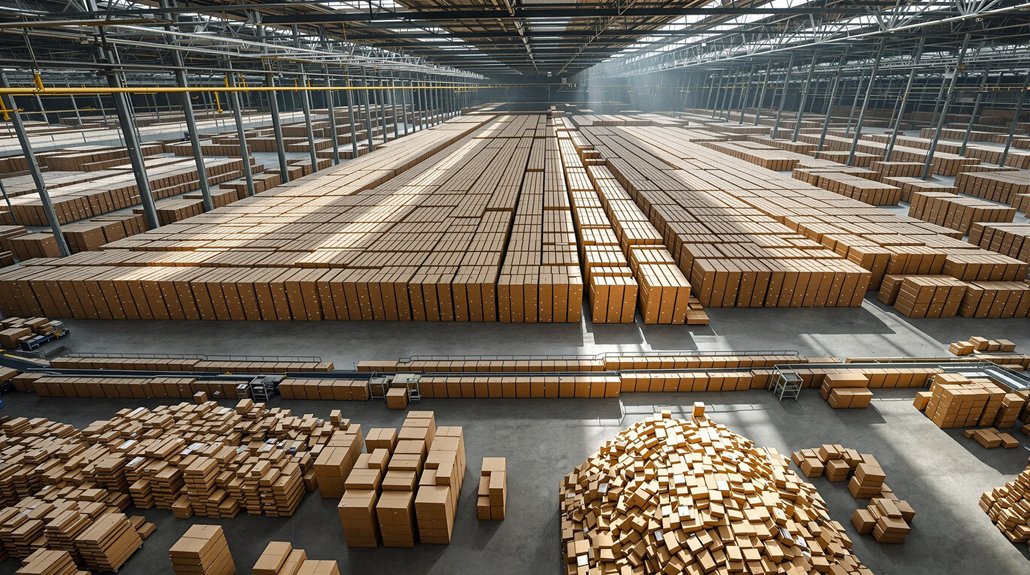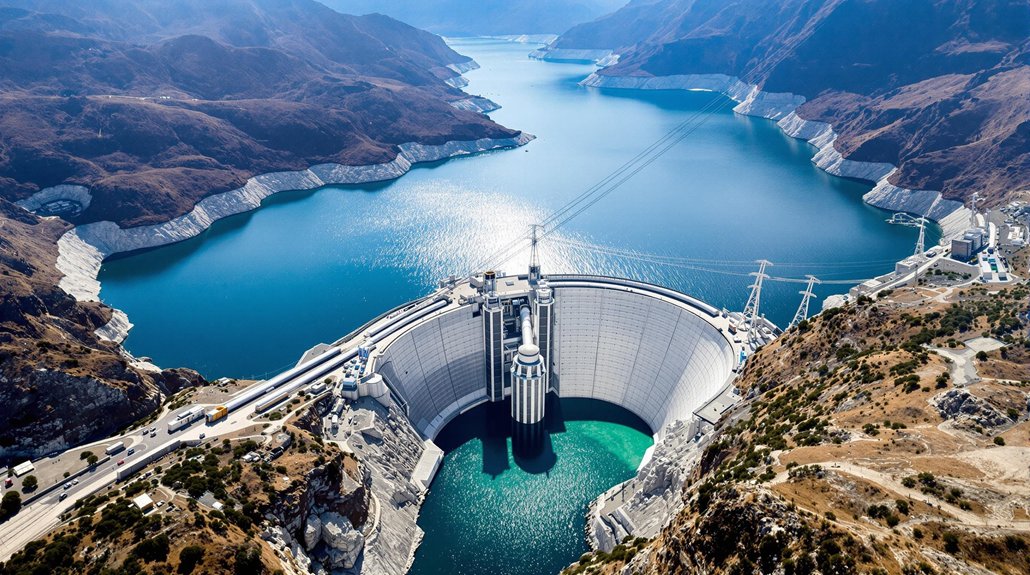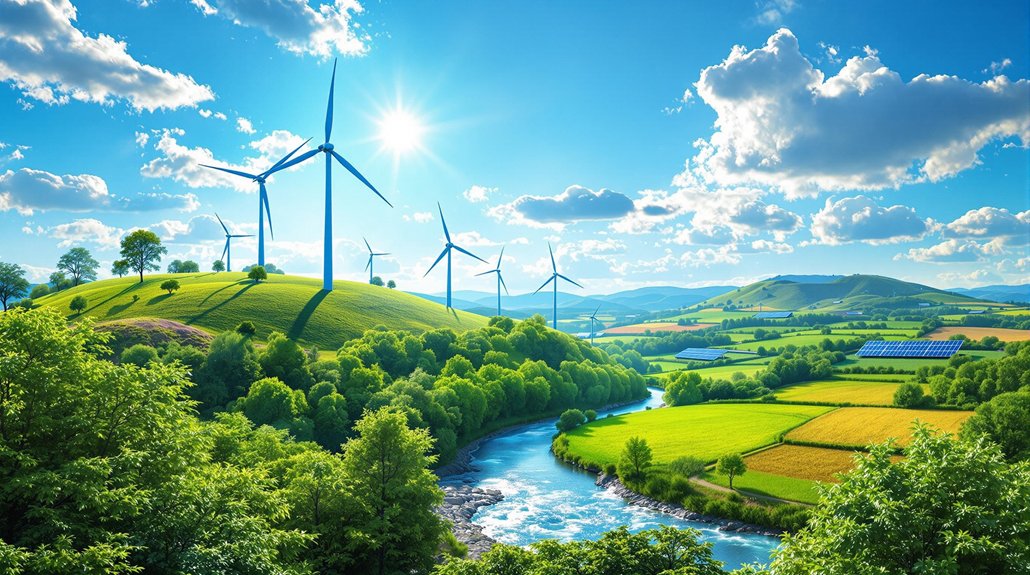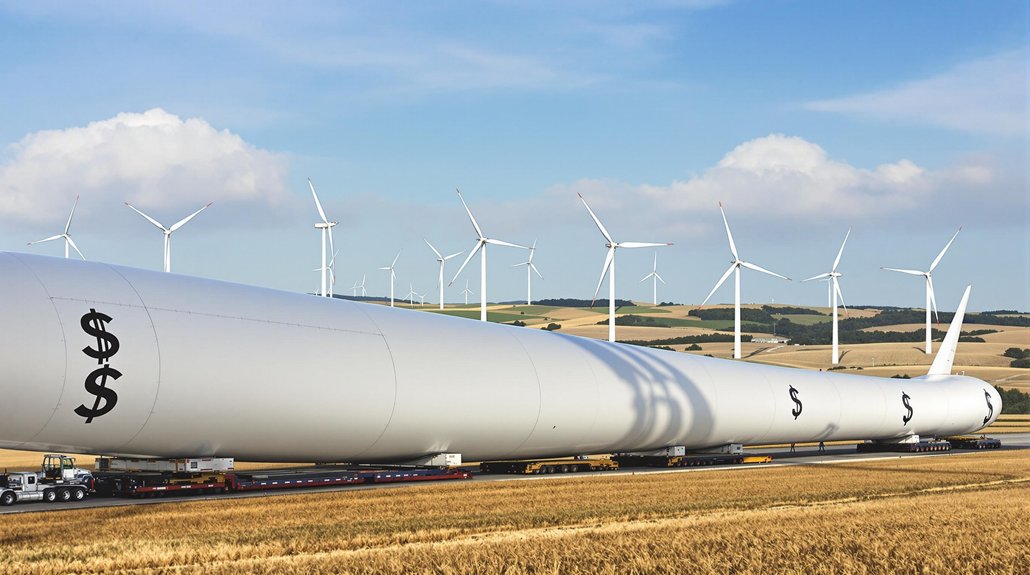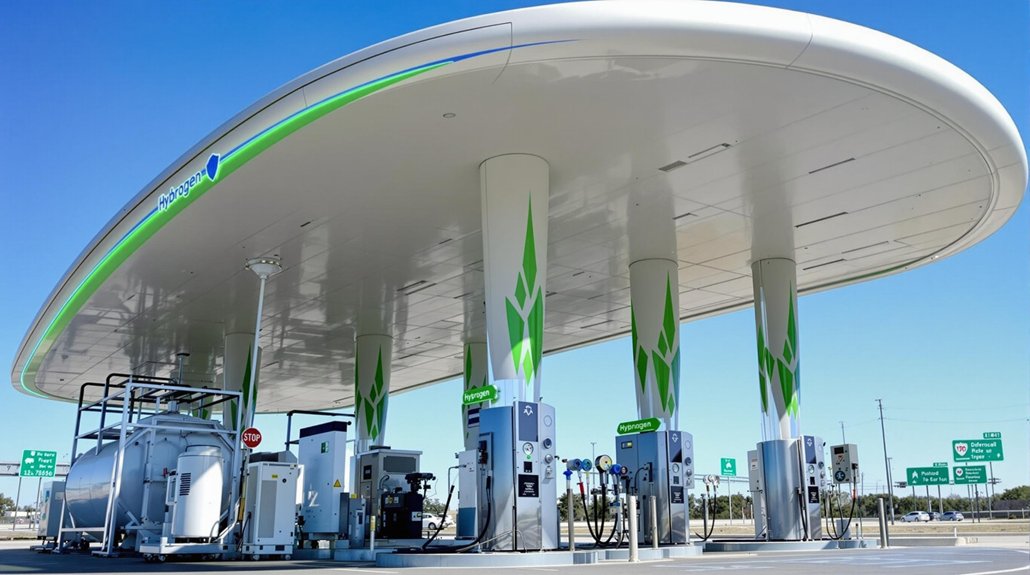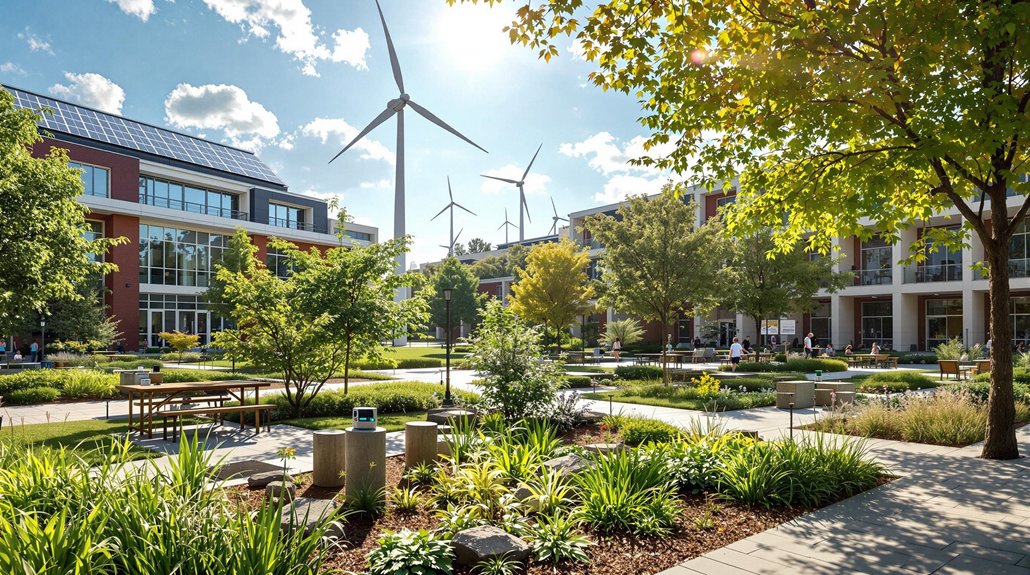The US recycled between 71% and 76% of all cardboard in 2023, amounting to nearly 33 million tons or about 90,000 tons daily. This represents 44% of all paper and paperboard waste nationwide. Recycling rates have doubled since the 1990s, yet around $8 billion in economic value is still lost annually from unrecycled cardboard. These figures highlight significant environmental and economic implications worth understanding.

When Americans break down their delivery boxes and toss them in recycling bins, they’re contributing to one of the nation’s most successful recycling efforts. The United States recycled between 71% and 76% of all cardboard in 2023, making it the most recycled packaging material in the country. This impressive rate has doubled since the 1990s when the industry first set recycling goals.
In volume terms, Americans recycled nearly 33 million tons of cardboard in 2023. That’s about 90,000 tons every day. Cardboard represents 44% of all paper and paperboard waste managed in the U.S., showing its significant presence in the waste stream.
The economic impact of cardboard recycling is substantial. Unfortunately, about $4 billion in economic value is lost from cardboard and paper that ends up in landfills. Companies spend another $4 billion on landfilling fees for paper and cardboard waste. On the positive side, recycled cardboard has market value and creates revenue for waste management companies.
Recycling cardboard delivers important environmental benefits. It reduces deforestation, saves water and energy, and cuts greenhouse gas emissions compared to making new cardboard from virgin materials. Landfilled paper products represent about 9% of U.S. industrial energy consumption.
Geographic trends show uneven recycling rates across the country. The Southeast U.S. has the highest percentage (25%) of landfilled paper and cardboard. States like Florida and Tennessee send up to 30% of their paper and cardboard to landfills.
Western states generally have better recycling rates, as do urban areas compared to rural regions.
The industry has invested nearly $7 billion in manufacturing facilities to use more recycled fiber. Current industry projections show that over 9 million tons of recycled paper will be used in new and expanded mill projects by 2025. They’ve also updated how they measure recycling rates. The previous methodology showed a 93.6% recycling rate for 2022, but the new, more accurate method revealed the 71-76% rate for 2023. Some industry experts like Ryan Fox and Myles Cohen have advocated for greater transparency in data to ensure accuracy as brands increasingly demand sustainable packaging options.
Challenges remain, including contamination in the recycling stream and the need for better consumer education, but cardboard recycling remains a recycling success story.
Frequently Asked Questions
How Can Individuals Improve Cardboard Recycling Rates in Their Communities?
Individuals can boost community cardboard recycling through simple actions.
They’re flattening boxes before disposal, removing non-recyclable elements like tape, and keeping cardboard clean and dry.
Many are participating in local recycling programs, attending workshops, and sharing knowledge with neighbors.
Some communities have seen success with recycling challenges and reward systems.
Proper signage at collection points helps everyone understand what can be recycled.
What Contaminants Prevent Cardboard From Being Successfully Recycled?
Several contaminants prevent cardboard from being recycled.
Food residue and grease stains, like those on pizza boxes, break down paper fibers. Non-paper materials including plastic tape, styrofoam inserts, and metal staples disrupt processing equipment.
Chemical contaminants such as paint, cleaning products, and automotive fluids make cardboard unsafe to recycle.
Improper sorting, including unflattened boxes and cardboard mixed with other waste, also causes rejection at recycling facilities.
How Does US Cardboard Recycling Compare Globally?
The US cardboard recycling rate of 71-76% exceeds the global average of 59.9%.
However, the European Union performs better at 83.2% for cardboard packaging.
The UK reportedly recycles 99.8% of its cardboard, leading worldwide.
Germany, Austria, and Switzerland boast the highest overall recycling rates globally.
Despite strong cardboard recycling performance, the US lags considerably in plastic recycling at just 5%.
What Happens to Cardboard That Isn’t Recycled?
Unrecycled cardboard mostly ends up in landfills, where it takes 2 months to 5 years to decompose.
In 2019, 56% of paper and cardboard waste was landfilled, while 6% was incinerated. This represents about $4 billion in lost economic value.
Some cardboard finds alternative uses through composting, reuse for storage, mulching in gardens, craft projects, or animal bedding on farms.
Can Waxed or Food-Contaminated Cardboard Be Recycled?
Most waxed and food-contaminated cardboard can’t be recycled through standard programs.
The wax coating prevents proper fiber separation, while oils and food residue damage recyclable materials. These contaminants can ruin entire batches of otherwise recyclable paper products.
Some specialized facilities accept waxed cardboard for composting or alternative processing.
Clean portions of food boxes, like unsoiled parts of pizza boxes, may be recyclable in certain communities.
